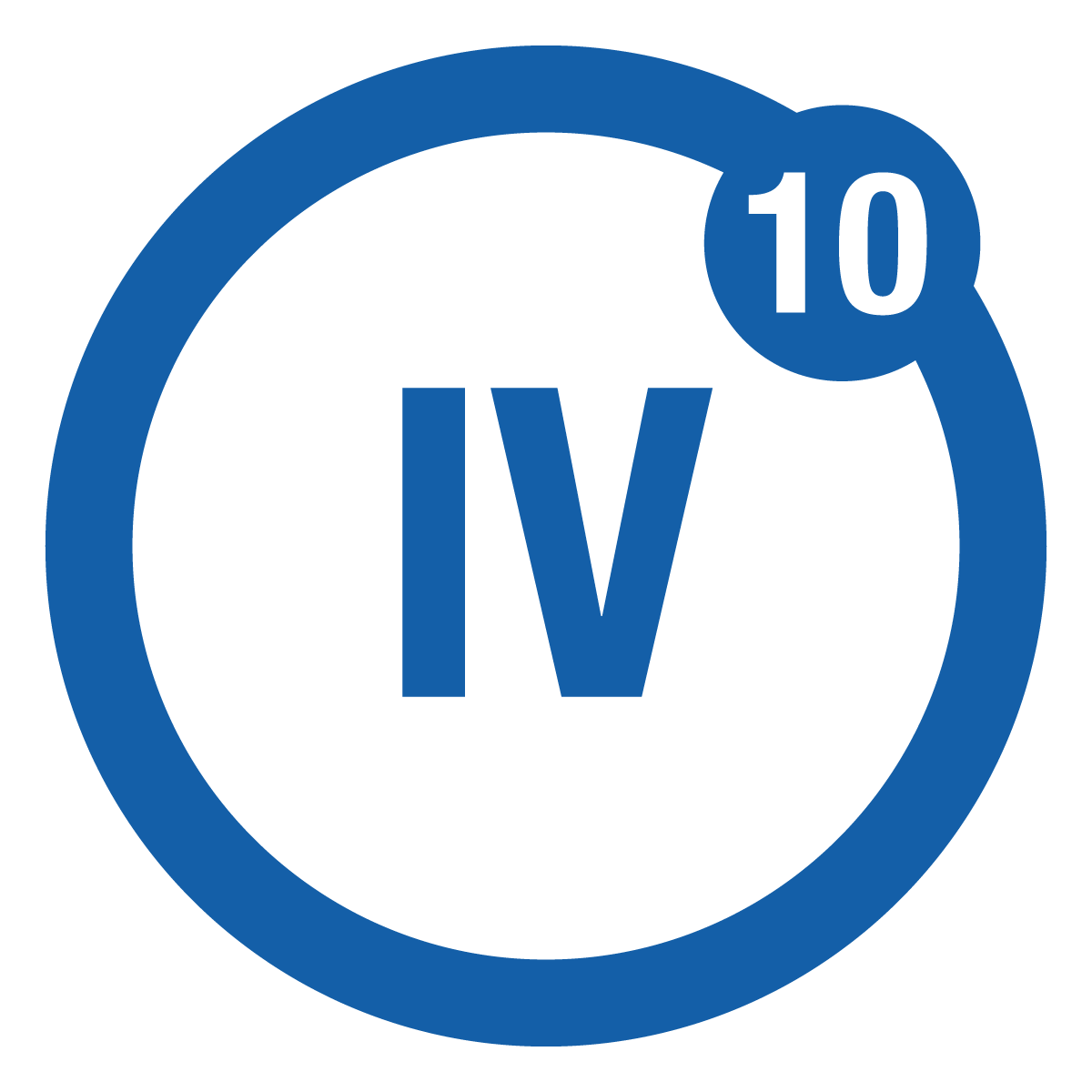OUR GOVERNANCE
Corporate governance aligned to King IV principles
Principle 9: EVALUATIONS OF THE PERFORMANCE OF THE BOARD

King IV principles and our activities
GOVERNING STRUCTURES AND DELEGATION
Outcomes
Evaluation and performance of the Board
Board and Committee evaluations
The Board is committed to continuous improvement and evaluates its performance. The Charter stipulates that the Board of Directors will conduct evaluations to determine whether the Board and its Committees are functioning effectively in terms of discharging their mandate as per the Board Charter and in line with leading practices on corporate governance. The Board evaluates its performance through a combination of both internal peer and external facilitated assessments.
In the year of review, the Board concentrated on implementing the recommendations of the external facilitator done in the previous year and engaged in performance reviews that were conducted by the Board Chairperson and Committee Chairpersons. The Board reviewed the recommendations of the past evaluation and embarked on implementing the following initiatives to address the areas of improvement:
Gender balance and diversity
Succession planning
Channels for staff to obtain assistance with ethics issues
Principle 10: EVALUATIONS OF THE PERFORMANCE OF THE BOARD

King IV principles and our activities
GOVERNING STRUCTURES AND DELEGATION
Outcomes
Governance structure
The Fund’s governance structure is illustrated in the NSSF Governance Structure diagram and shows the interaction between the members and the Board, demonstrating how the Board Committee structure facilitates the relationship between the Board and the MD and indicates the flow of delegation from members. We have robust processes in place to ensure that the delegation flows through the Board and its Committees to the MD and EXCO into the organisation. At the same time, accountability flows upwards from the Fund to its members. This process helps to ensure alignment and open communication with our members and all our stakeholders.
Appointment and delegation to Management
Board Chairman
The Chairman, Dr. Peter Kimbowa, is an Independent Non-Executive Director and was appointed on 1 September 2021.
The Chairman’s role includes:
Managing Director
The MD is the Chief Executive Officer of the Fund and is subject to the NSSF Act (amended) and to the general control of the Board on matters of policy, responsibility for running the day-to-day business of the Fund, general management, administration, and organisation of the Fund. He also ensures the strategies and policies set by the Board are implemented. The MD, Patrick Ayota, is the only Executive Director (ex officio member) on the Board and has been a Board member since December 2022.
Corporation Secretary
The Corporation Secretary, Ms. Agnes Tibayeita Isharaza was appointed by the Minister of Finance, Planning and Economic Development in line with Section 41 of the NSSF Act and has been in the role since 1 April 2019. In addition to any other functions conferred upon her by the Minister and the Board, the Corporation Secretary has the custody of the seal of the Fund and is responsible for:
As of 1 July 2022, the title of the Corporation Secretary changed to Chief Legal Officer/Corporation Secretary. Responsibilities and accountabilities remain the same.
Principles 11-13:
Functional Governance Areas
King IV principles and our activities
FUNCTIONAL GOVERNANCE AREAS
Risk governance
Technology and information governance
Compliance governance
Outcomes
Desired outcome:
Adequate and effective controls through risk, technology and information, compliance, and assurance governance.
